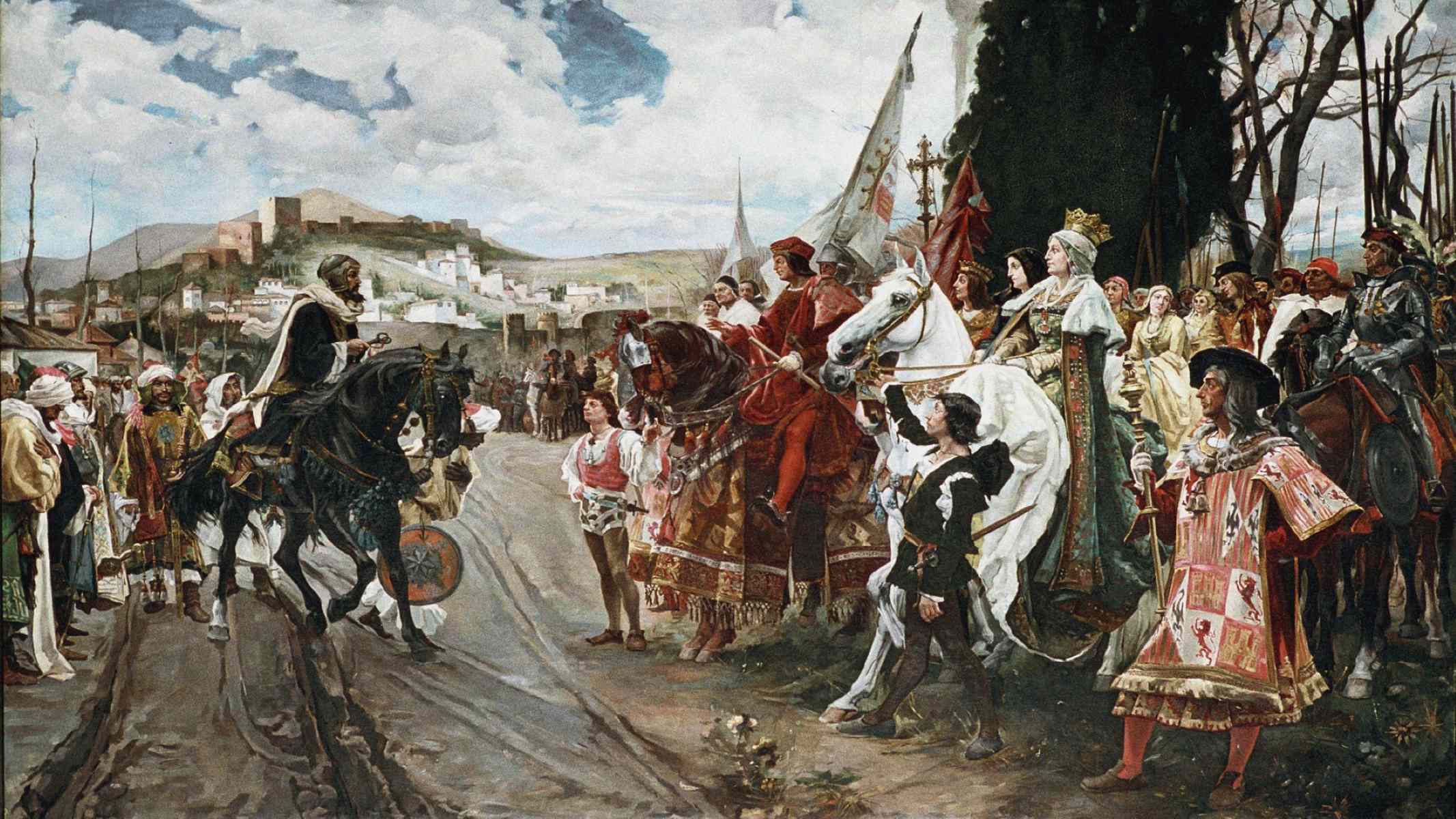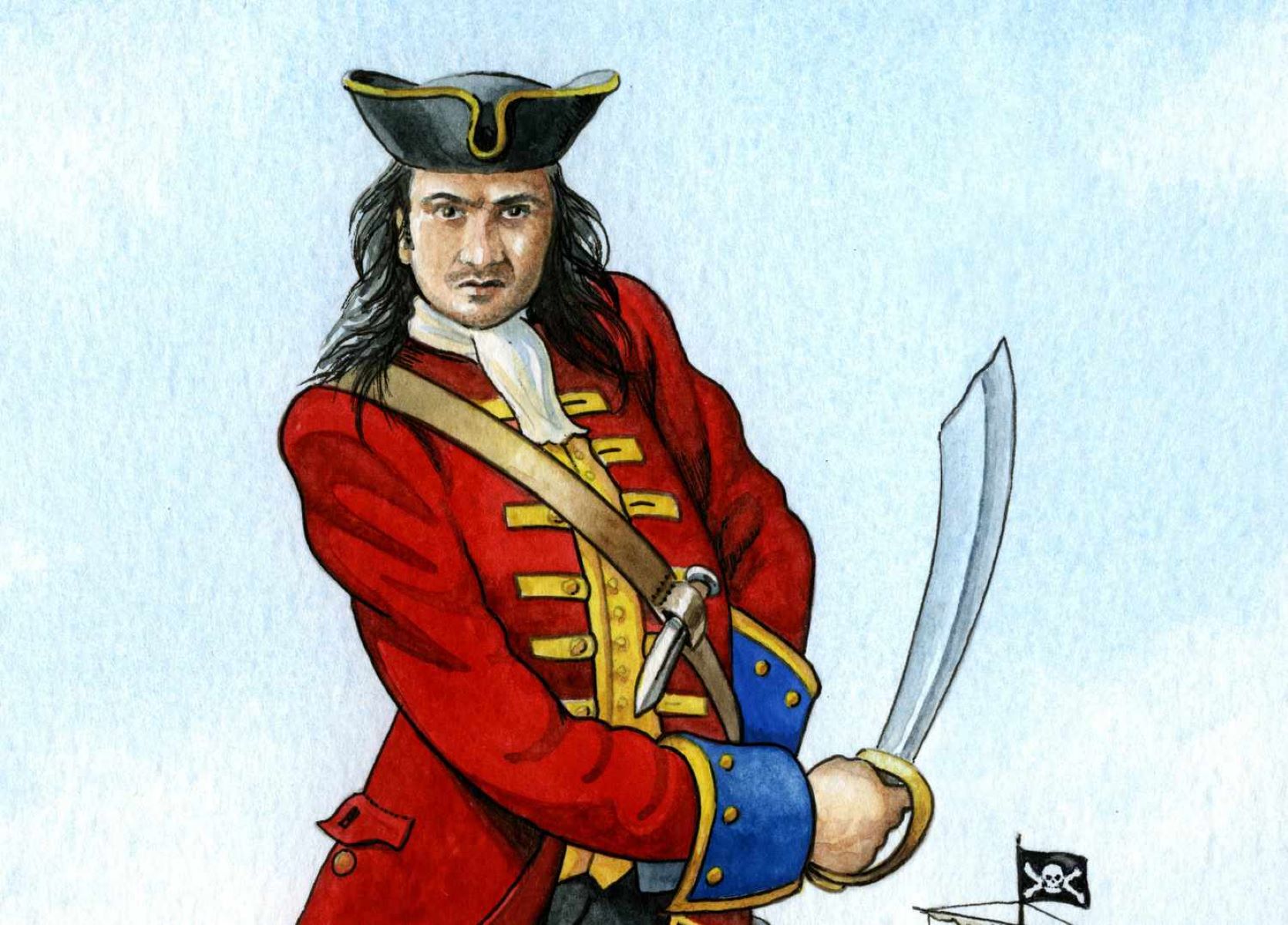
What was the Reconquista? The Reconquista was a series of battles and campaigns by Christian states to reclaim territory from Muslim Moors who had occupied most of the Iberian Peninsula. Spanning nearly 800 years, from 711 to 1492, this period saw numerous shifts in power, alliances, and cultural exchanges. It culminated in the fall of Granada, the last Muslim stronghold, to the Catholic Monarchs Ferdinand and Isabella. This victory not only unified Spain under Christian rule but also paved the way for the Spanish Inquisition and the Age of Exploration. Understanding the Reconquista helps us grasp the complex history of Spain and its lasting impact on European and world history.
Key Takeaways:
- The Reconquista was a 781-year-long struggle between Christians and Moors in Spain, leading to cultural, religious, and economic changes, and the formation of modern Spain.
- The Reconquista ended in 1492 with the fall of Granada, marking the beginning of a new era in Spanish history, including the discovery of the Americas and the unification of Aragon and Castile.
The Beginning of the Reconquista
The Reconquista was a significant period in the history of the Iberian Peninsula. It spanned several centuries and involved numerous battles, alliances, and cultural shifts. Here are some fascinating facts about this era.
- The Reconquista began in 711 AD when the Moors invaded the Iberian Peninsula.
- The Battle of Covadonga in 722 AD marked the first significant Christian victory against the Moors.
- Pelagius of Asturias led the Christian forces in the Battle of Covadonga.
- The term "Reconquista" means "reconquest" in Spanish.
- The Reconquista lasted for approximately 781 years, ending in 1492.
Key Figures in the Reconquista
Several notable figures played crucial roles during the Reconquista. Their leadership and strategies significantly impacted the course of events.
- El Cid, a Castilian nobleman, became a legendary figure during the Reconquista.
- King Ferdinand II of Aragon and Queen Isabella I of Castile united their kingdoms, strengthening the Christian forces.
- Alfonso VI of León and Castile captured Toledo in 1085, a major turning point in the Reconquista.
- Al-Mansur, a powerful Moorish leader, led successful campaigns against the Christian kingdoms in the late 10th century.
- James I of Aragon, known as James the Conqueror, expanded his kingdom significantly during the 13th century.
Major Battles and Sieges
The Reconquista was marked by numerous battles and sieges, each contributing to the eventual Christian victory.
- The Siege of Zaragoza in 1118 resulted in the Christian capture of the city.
- The Battle of Las Navas de Tolosa in 1212 was a decisive Christian victory.
- The Siege of Granada in 1491-1492 marked the final battle of the Reconquista.
- The Battle of Alarcos in 1195 was a significant Moorish victory.
- The Siege of Lisbon in 1147 led to the city's capture by Christian forces.
Cultural and Religious Impact
The Reconquista had profound cultural and religious implications for the Iberian Peninsula.
- The Christian reconquest led to the spread of Christianity throughout the region.
- The Moors introduced advanced agricultural techniques, which were adopted by the Christians.
- The architectural style known as Mudéjar emerged, blending Islamic and Christian elements.
- The Alhambra, a stunning Moorish palace, remains a symbol of the cultural exchange during this period.
- The expulsion of Jews and Muslims in 1492 significantly altered the demographic landscape.
Economic and Social Changes
The Reconquista brought about significant economic and social changes in the Iberian Peninsula.
- The redistribution of land among Christian nobles led to the rise of powerful feudal lords.
- The establishment of new trade routes boosted the economy.
- The Christian kingdoms implemented new agricultural practices learned from the Moors.
- The Reconquista led to the formation of a unified Spanish identity.
- The military orders, such as the Knights Templar, played a crucial role in the reconquest.
The Role of Religion
Religion was a driving force behind the Reconquista, influencing both Christian and Moorish strategies.
- The concept of a holy war, or "crusade," motivated many Christian knights.
- The Moors built numerous mosques, many of which were later converted into churches.
- The Christian kingdoms received support from the Papacy, which declared the Reconquista a holy war.
- The Moors practiced religious tolerance, allowing Christians and Jews to live in their territories.
- The Spanish Inquisition, established in 1478, aimed to enforce Catholic orthodoxy.
The End of the Reconquista
The conclusion of the Reconquista marked a new chapter in Spanish history, leading to significant political and cultural shifts.
- The fall of Granada in 1492 marked the end of Moorish rule in the Iberian Peninsula.
- The Treaty of Granada guaranteed religious freedom for Muslims, although it was later revoked.
- The marriage of Ferdinand and Isabella united Aragon and Castile, forming the basis of modern Spain.
- The discovery of the Americas by Christopher Columbus in 1492 opened new opportunities for Spanish expansion.
- The Reconquista set the stage for the Spanish Inquisition and the eventual expulsion of Jews and Muslims.
The Lasting Impact of the Reconquista
The Reconquista shaped Spain and Portugal's history, leaving a lasting legacy. This period, spanning over 700 years, saw the Christian kingdoms gradually reclaiming the Iberian Peninsula from Muslim rule. It wasn't just a series of battles; it was a cultural and religious transformation.
The end of the Reconquista in 1492, marked by the fall of Granada, led to the unification of Spain under Catholic monarchs Ferdinand and Isabella. This unification paved the way for the Spanish Inquisition and the Age of Exploration, influencing global history.
Understanding the Reconquista helps us appreciate the complex tapestry of European history. It reminds us how historical events shape nations and cultures. The Reconquista's legacy is still evident in modern Spain and Portugal, reflecting in their architecture, language, and traditions. This period remains a testament to resilience, faith, and the enduring human spirit.
Frequently Asked Questions
Was this page helpful?
Our commitment to delivering trustworthy and engaging content is at the heart of what we do. Each fact on our site is contributed by real users like you, bringing a wealth of diverse insights and information. To ensure the highest standards of accuracy and reliability, our dedicated editors meticulously review each submission. This process guarantees that the facts we share are not only fascinating but also credible. Trust in our commitment to quality and authenticity as you explore and learn with us.


